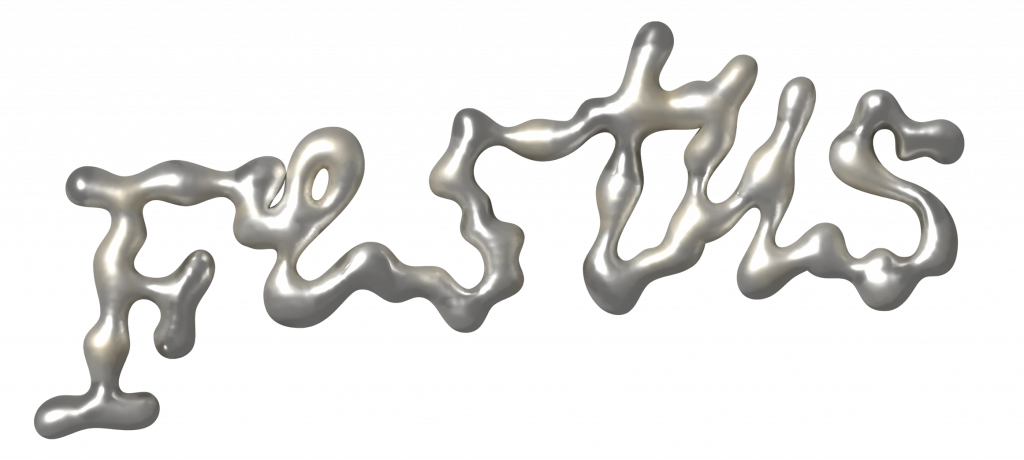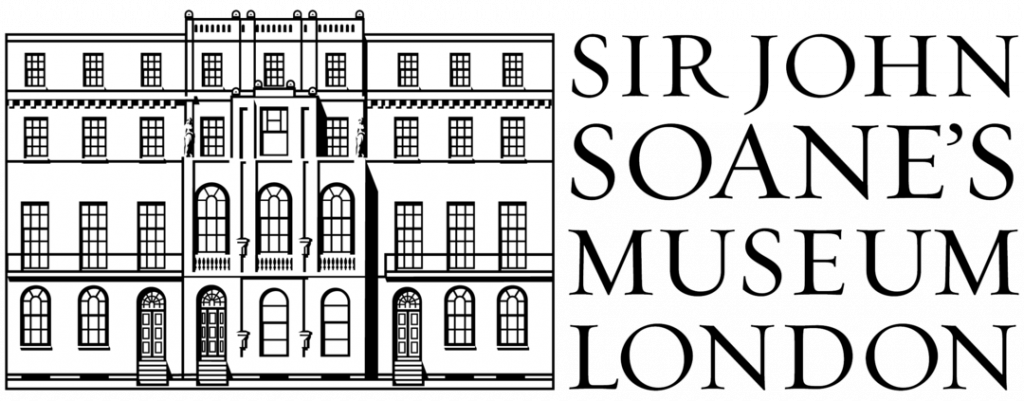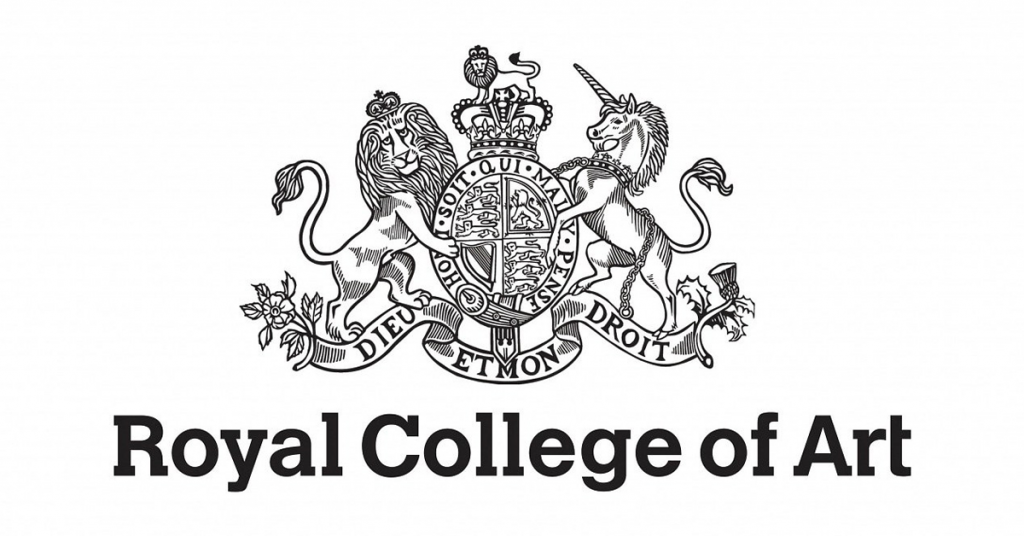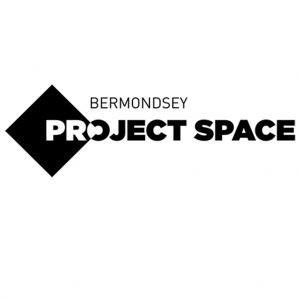9 – 11 May
A fragmentary response to The Sir John Soane’s Museum
Private View: Thursday 9th May, 6-9pm.
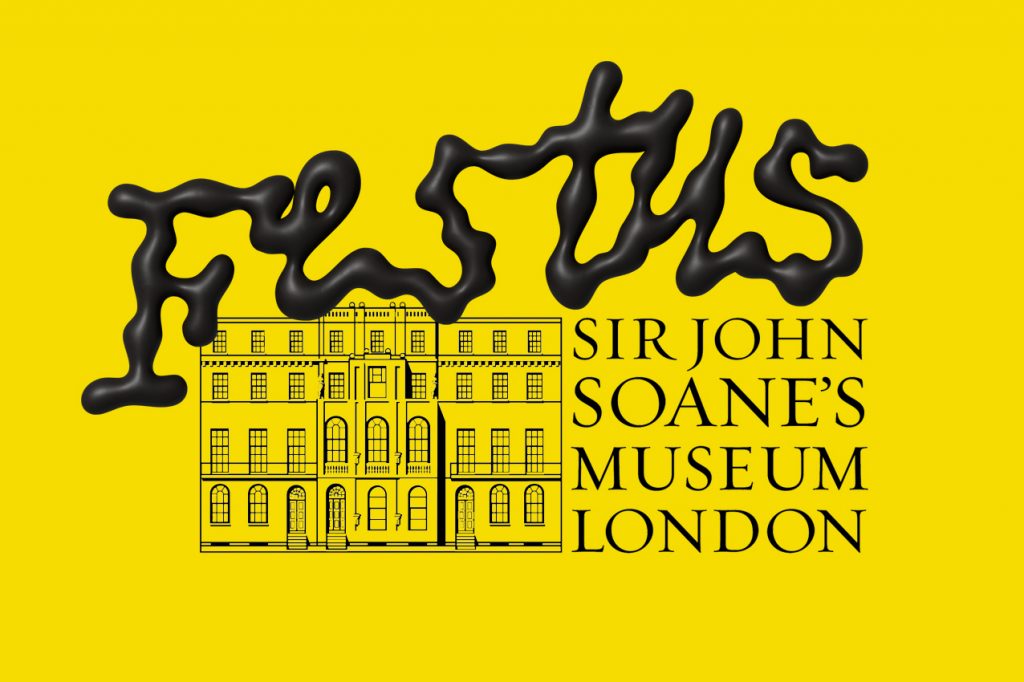
Elsewhere is a collective response, in parts, to the Sir John Soane’s Museum and its collection. The artists explored the museum, on a week-long residency, examining the idea of collecting and the history of both the space and the objects in the collection. Through discussions taking place in the museum, the artists’ own practices and positions built into a group response, shared exploration and space, fragmented in forms, contexts and references. The title of the show, Elsewhere, aims to draw on the dislocation of the exhibition, responding to one space in another and is a comment on presented histories and potential absent origins of the objects in the museum’s collection.
Exhibiting artists are all MA Sculpture students at the Royal College of Art. This project is led by Tutor Ben Judd.
Exhibiting artists include:
Imon Chetiaphukan
Levi De Jong
Victor Guerin
Kṛṣ
Donghyun Kim
Hongxi Li
Jaewook Lim
Vincenzo Muratore
Youngsuk Oh
Katie Poon
Yidan Qin
Ruoxi Li
Jay Slyce
Qingyang Sun

FESTUS is an annual happening and one of the most significant in our programme – a series of collaborative projects between MA RCA SCULPTURE and a host of external partners: galleries, museums, councils, communities where students have an opportunity to meet and work with curators, artists, activists, archivists, makers to learn skills, make connections, make, work, think and present their ideas in all their forms to each other, to invited guests and to new publics. It may involve learning to throw clay, or make a speech, read out love letters in the Tate archives or workout for peak fitness – exhibit in a London museum or gallery, make a public monument or work for the cloud. On this site we are gathering our forces and the dynamic range of approaches students and staff bring to sculpture in the 21st century and the partnerships and networks we make. Students work intensively with a range of galleries, museums, public arts trusts and cultural organisations to develop new ways of working, thinking and making together. Festus has established ongoing partnerships with Wandsworth Council, Battersea Parks, Standpoint gallery, The National Trust, Art Lacuna, The Old Operating Theatre, Merz Barn, Freud Museum, Flat Time House, South London Gallery and Fillet.






Imon Chetiaphukan is a Multi Disciplinary artist. She works on paintings that inspires her sculptures, her painting practice start as love letters to her late father. In her textile sculpture she explores what can be and defying what should be. She works on themes like migration, and how culture, ecology, food, textile moulds a being. Her works absorbs the self that opens up as a mandala of self search.
Born 1997 Dallas, Texas. Levi De Jong is an American sculptor currently based in London studying at the Royal College of Art. His practice is closely rooted in the methods of the Florentine tradition, as his approach and techniques were learned from a handful of classically trained painters, sculptors, and artisans in Florence, Italy, of where he spent the majority of his undergraduate program developing his practice. De Jong employs these methods and influences in unconventional ways using everyday materials to create his artworks. His abstraction nods to the Italian Arte Povera movement and Expressionists schools of thought. Through this, he transforms his materials into images that challenge Western art history and established institutions of society.
French engineer for luxury houses turned artist, Victor Guerin brings craftsmanship to his art, questioning form, function, and nature’s essence. His sculptures blend modernist elegance with materials like recycled bronze and 3D-printed ceramic, highlighting his commitment to sustainability and quality, reflecting his journey from precise engineering to metaphysical exploration in art.
Wanyi He’s art works were born out of the exploration of her identities, which are around the political situation of ethnic minority cultures in China. She focuses on the state of marginal culture in the political environment centered on the ethnic Han.
kṛṣ’s approach to sculpting employs playful interventions to materials, processes, sites and the work of other artists, resulting in changing sculptural environments and assemblages. degrees of intentionality raise questions about the point at which sculpture is realised.
Donghyun Kim has been working in the interior architecture field for six years and has been agonising over the obsession and conflict of the ambiguity of his identity. He wants to define design as a complex relationship like life, understanding that design is described as demanding and creating a solution, but sometimes it cannot be expressed, and compared to life. Space creates a world that is clearly separated from the one in which we live, he has tried to fuse them into one rectangular place. Although he created the symbols of space as a formative language, the result of his actions to broaden his boundaries was to enter a new field of sculpture by attending the Royal College of Art.
Hongxi Li explores the complexities of human behaviour and societal constructs across various mediums. Through research into corporate influence, power dynamics, and emotional discomfort, Li’s work undergoes a transformative process whereby mass-produced staple items are meticulously reimagined into handcrafted pieces using labour-intensive methods like metalwork, ceramics, and upholstery. In her artistic pursuit, Li constructs visual narratives that blend personal experiences with universally relatable emotions.
Jaewook Lim is a sculptor who explores the story of a person’s life. Most of his works are inspired by his own experiences and an autobiographical story. In his work, the artist himself is a storyteller and a main character of the story. Essential concept of his work is growth as a person.
In his artistic journey, embracing painting, sculpture, installation, and performance, Vincenzo Muratore explores the deep connections between science, psychology, and spirituality. Motivated by a curiosity about human identity, culture, and society, Muratore has been involved in art residencies where he restored and transformed hermitages and libraries within abandoned buildings in rural areas of Sicily. With his work showcased in both solo and group exhibitions, he now calls London home, continuing to create projects that investigate the evolution of the dominant culture and its impact on collective and individual psychology and memory.
Youngsuk Oh is an interdisciplinary artist who works on sculpture, furniture and interior design. He tries to convey the relationship between humans and objects to the audience through simile or metaphors within the boundaries of contemporary art. He has been working through his method ‘Two-way approach to art’. His work, which amplifies or transforms the meaning of everyday objects such as the dépaysement technique,represent his artistic journey well.
Katie Poon is an interdisciplinary artist who works across sculpture, painting, and interactive installation. Katie sees her practice as water dripping into a parched stream, whose thirst will not be satisfied until it reaches the ocean. She upholds the concept of the unity of all things and advocates equality and dialogue.
Yidan Qin, who prefers to be called Chenglin. Her artworks are based on the feelings of individuals and different groups of people in the social environment, and are usually based on the theme of thinking about human nature. Sometimes she also touches on the thoughts about the death of life. Her artworks are often bizarre, dark and dreamcore.
Ruoxi Li’s work is deeply influenced by personal experiences of trauma and explores the relationship between mental illness and society. In her research, Lily was the name she gave to her second personality. Lily stems from the hatred, anger and extreme thoughts she experienced after experiencing trauma, which inspired the evil side of her humanity. This makes her always have extreme fantasies about violence and blood. Ruoxi always uses herself as the starting point to describe the story between herself and her alter ego Lily.
Jay Slyce’s practice explores the role of art. Walking and being witness to his environment, Slyce mimics the visual language of those spaces and relates to them as text. The work aims to resist the acceleration of time experienced through modernity. Slyce intervenes on the structure of spaces he works within, using text to frame collective opposition. For Slyce, a frame can be an instruction on where to look. A frame can also be an instruction on where to place your feet. The frame positions you in a dialogue with space. Text offers alternative narratives and ultimately aims for different ways of looking and questioning to develop critical views on the world.
Qingyang Sun’s work explores her inner world and centers on it. Through the exploration of her connection and perception of herself and the outside world, she investigates the ways in which self-perception and social relationships are expressed through sculpture and installation art in multicultural and spatial contexts and explores the balance of human relationships.
